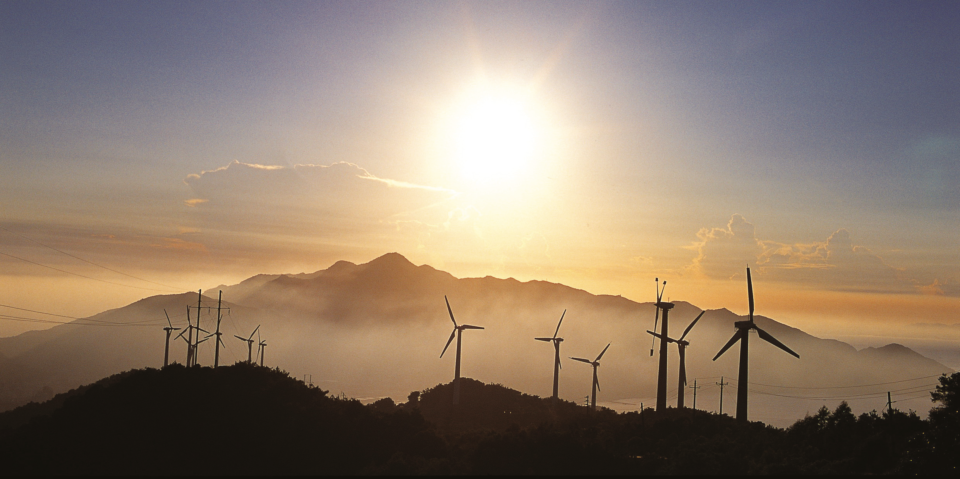By Andy Loader, co-chairman, Primary Land Users Group.
Is there any such thing as “green energy” when you consider the full life of renewable generation plants from build to end of life?
Currently, California is building the largest energy battery in the world near San Francisco, that will be storage for generation from state solar and wind farms. So let’s start with batteries, as they are essential to energy storage if there is no direct connection between generator and end user.
There are two types of batteries: rechargeable, and single-use. Single-use dry-cell batteries use zinc, manganese, lithium, silver oxide, or zinc and carbon to store electricity chemically, and all contain toxic, heavy metals. Rechargeable batteries only differ in their internal materials – usually lithium-ion, nickel-metal oxide, and nickel-cadmium. The world uses millions of these two battery types every year and most are not recycled, but end up in landfills where pressure builds inside the battery’s metal casing and eventually it cracks, leaching out its chemicals.
While we recycle traditional wet cell batteries, like the ones used in automobiles and boats (up to 90 percent), we do not yet know how to recycle single-use ones or EV batteries, and it is estimated to be five times cheaper to mine new lithium than extract the old lithium from batteries.
A typical EV battery weighs about 450 kgs and contains 11 kgs of lithium, 26 kgs of nickel, 20 kgs of manganese, 13 kgs of cobalt, 90 kgs of copper, and 180 kgs of aluminium, steel, and plastic. All of these components are mined, and to manufacture each EV battery involves processing 11,100 kgs of brine for the lithium, 13,300 kgs of ore for the cobalt, 2200 kgs of ore for the nickel, and 11,100 kgs of ore for copper.
All up, we have to mine about 230,000 kgs of the earth’s crust for just one battery. Plus, 68 percent of the world’s cobalt, a significant part of an EV battery, comes from the Congo region where mines have no pollution controls and often employ children at a high health risk.
Solar panels contain photovoltaic cells to convert sunlight to electricity and typically have a 25-year life span.
The silicon for these panels is processed with hydrochloric acid, sulfuric acid, nitric acid, hydrogen fluoride, trichloroethane, and acetone. In addition, these panels need gallium, arsenide, copper-indium-gallium-diselenide, and cadmium-telluride, which are also highly toxic. These panels also contain lead and can produce silicon dust, both hazards to workers.
Again, these panels cannot be recycled. The cost of recovering materials such as silver and silicon from solar panels is not worth the costs.
Reportedly, the International Renewable Energy Agency estimates that, by 2050, up to 78 million tons of solar panels will have reached the end of their life and the world will create another six million tons of photovoltaic waste every year.
Wind turbines vary in size (and are getting bigger), but typically weigh about 600 tonnes (the equivalent of 23 houses), contain 1300 tonnes of concrete (for the base), 250 tonnes of steel, 40 tonnes of iron, 20 tonnes of fiberglass, and hard to extract rare earths neodymium, praseodymium, and dysprosium. Each blade can weigh 36,000 kgs and will last 15 to 25 years, at which time it must be replaced. We cannot recycle used blades.
And, because they are built from a ‘composite’ of fibreglass and resin to withstand cyclone-force winds, they cannot easily be crushed, let alone recycled so, currently, decommissioned blades around the world are cut up and buried in landfills.
By 2050, it is predicted that the world will need to dispose of two million tons of wind turbine blade waste every year (in the UK that volume already exceeds 100,000 tons per year).
Earlier this year, a European Parliament report called for an EU-wide landfill ban on used turbine blades by 2025 as the number of blades built in the wind energy boom of the 1990s and 2000s wear out, while blades on modern windfarms get even bigger.
Think about this next time you get lectured about the green revolution of renewable energy. LG



